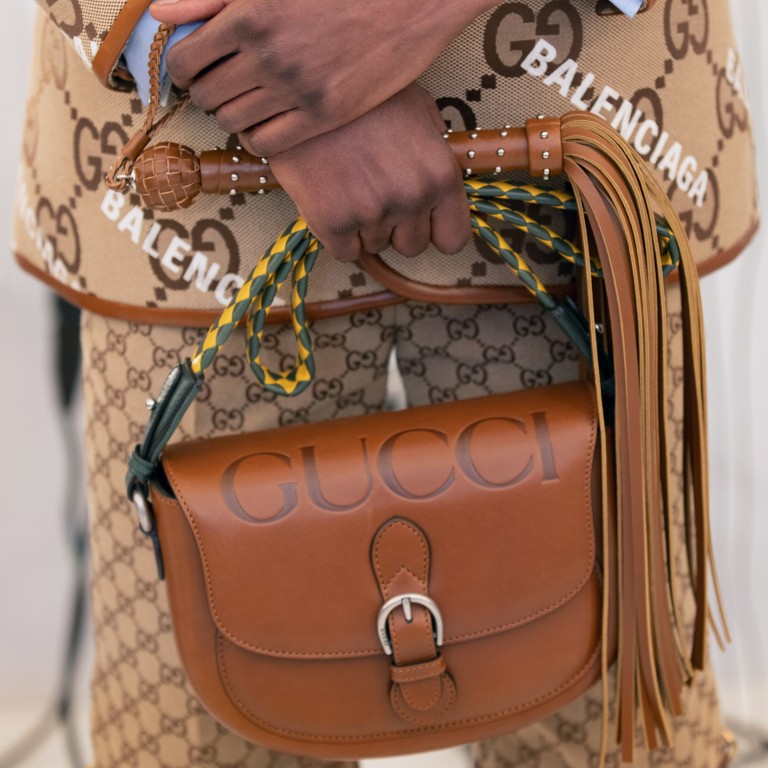
Why fashion collaborations such as Gucci x Balenciaga or Fendi x Skims by Kim Kardashian show no sign of stopping
- Fashion collabs have taken on a new role amid the pandemic, one that generates social media buzz, such as an upcoming collaboration between Tiffany and Supreme
- Balenciaga’s spring/summer 2022 show with The Simpsons, for example, was designed to create ‘a moment’, not sell products to fans of the show, says one insider
Fashion insiders complain of collaboration fatigue, but luxury brands’ appetite for teaming up with other labels is undiminished.
Earlier this year, Gucci and Balenciaga broke new ground by joining forces for a collection they described as “hacking”, while good friends and designers Kim Jones – of Fendi and Dior Men – and Donatella Versace launched the “Fendace” collection at the spring/summer 2022 shows.
Jeweller Tiffany, recently acquired by luxury group LVMH, is also hopping on the bandwagon and working with streetwear brand Supreme to launch a seven-piece collection in an effort to appeal to younger customers.
The nature of luxury brand collaborations has evolved over the past two decades.
They became popular as a way to engage artists and creatives outside the industry (in the early 2000s, Louis Vuitton tapped artist Stephen Sprouse for a limited-edition collection) and later morphed into high-low brand mix-ups (see H&M), cross-branding experiments (Vetements) and one-off capsule collections with other designers (Moncler Genius).
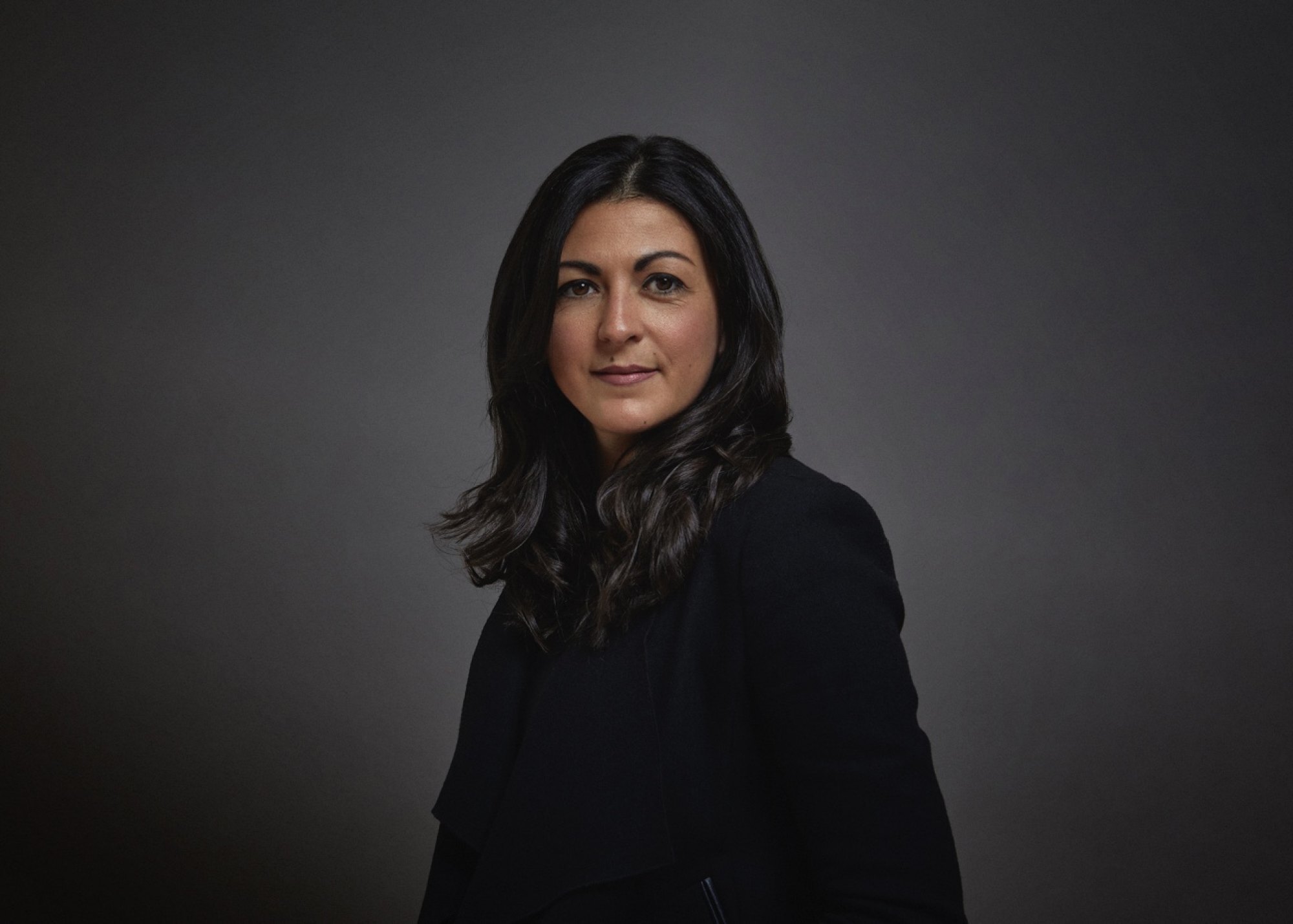
The fashion collaboration in its current incarnation, however, has taken on a new role since the pandemic began.
“The goal of these collaborations traditionally mirrors the values of the customer at that specific time,” explains Alison Bringé, chief marketing officer of fashion data and technology company Launchmetrics. “Following two years of pandemic life, we’ve seen two specific changes.
“Firstly, the customer is looking for products more in line with their values. On the flip side, they also feel that if they are going to take an interest, they want brands to entertain them.”
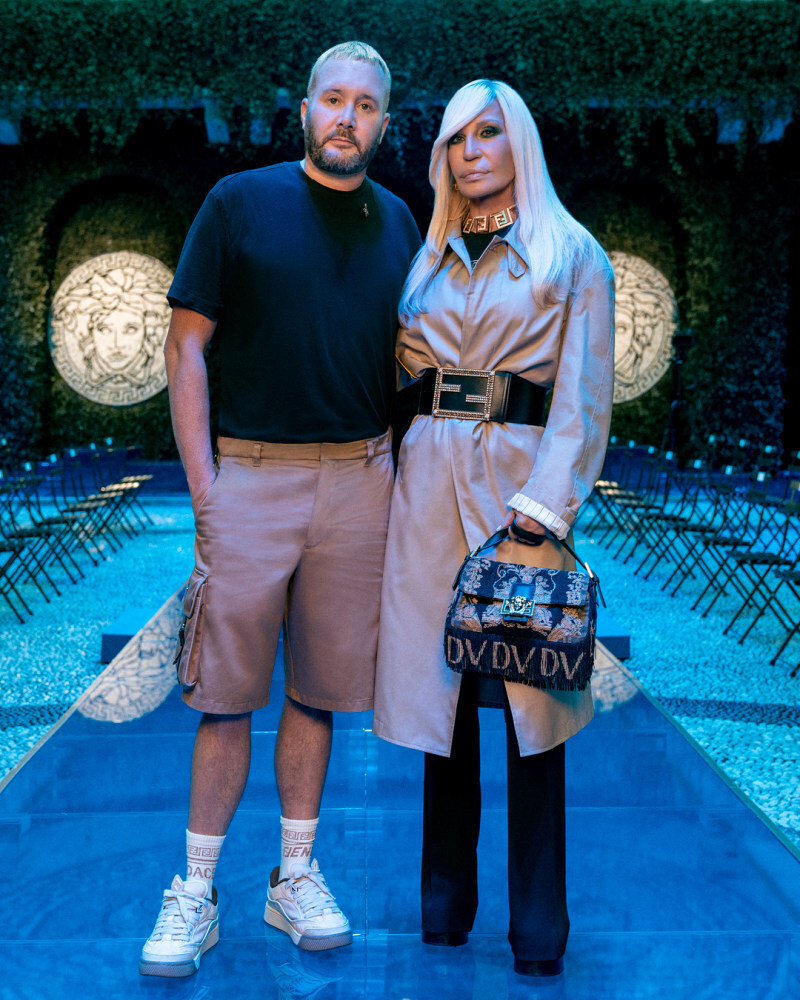

The advent of social media has also changed the game. While old-school collaborations graced the pages of high-profile magazines, the latest ones are expected to create buzz and as many clicks as possible online.
“While profits are important, it’s also about market share,” says Julie Gilhart, chief development officer of showroom Tomorrow London. “Everybody is interested in how much engagement you are getting on Instagram and other social media platforms.
Collaborations are still about business. Whether you choose to call it a partnership, hack, link-up or interpretation – it’s vital because they bring in a new audience along with your current customer.”
‘Fashion is tired’: how it can change, starting with fashion weeks
Of course, not all collaborations are created equal, which is why brands create ever more disruptive concepts to entice shoppers. For some, it has meant enlisting former competitors as co-collaborators to play with their codes or DNA. Others are purely designed to create hype and excitement.
Balenciaga’s spring/summer 2022 show, for instance, featured the cast of satirical cartoon series The Simpsons. According to data from Launchmetrics, the media impact value of the event amounted to almost US$20 million – a figure over four times more than the brand’s show the same time the previous year.
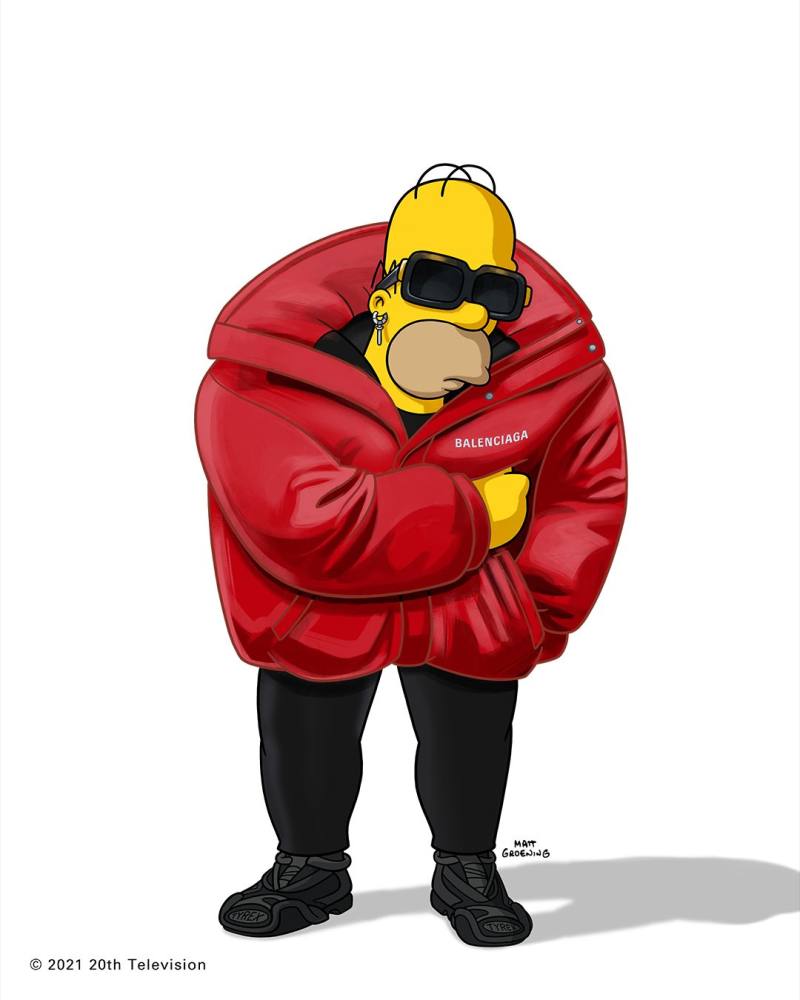
A collaboration’s success also boils down to critical factors other than views or being lauded for thinking outside the box – today’s audience is also looking for an emotional connection.
“Taking risks or experimenting is essential if you want to engage the customer, but it’s even more important that the collaboration is authentic,” says Gilhart. “We live in a call-out culture – if it reeks of inauthenticity, people won’t love it.
“The great thing about Fendace was that there was already a strong friendship between Kim [Jones] and Donatella [Versace] before they decided to collaborate. If a collaboration looks solely like a marketing ploy, it can backfire on the brand.”

One thing that hasn’t changed is their staying power, which is usually short-term. This is beneficial for brands because it gives them an opportunity to test new waters or expand product offerings.
While doing too many collaborations could be viewed as damaging for a brand’s value or credibility in the past, these days they are almost expected as customers constantly demand newness.

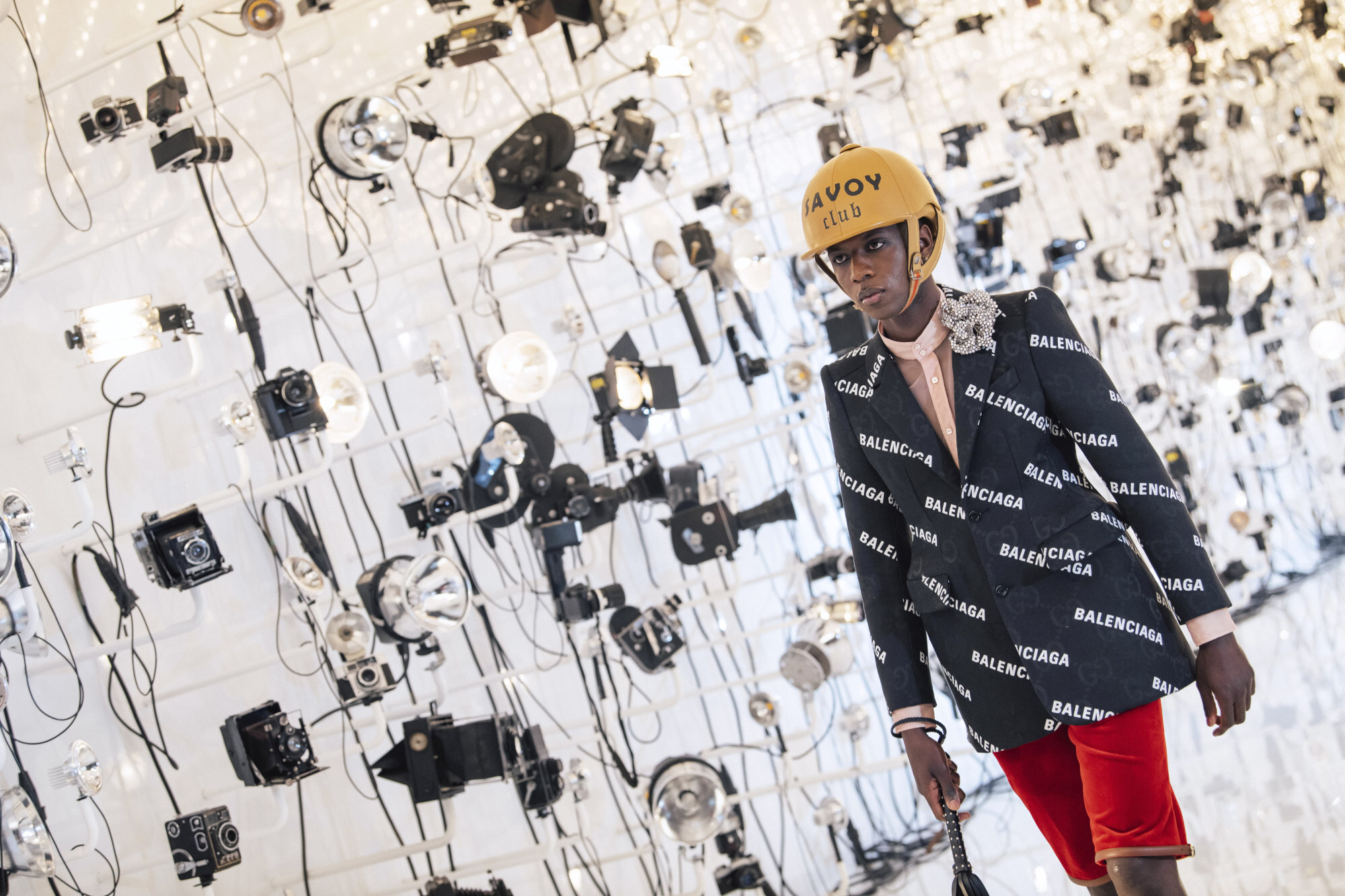
“I love the press but I don’t know why they keep saying collaborations are no longer relevant or necessary,” says Bringé. “Every year or season, a brand adds a new chapter to their story. The book is not over, the story just evolves.
“With every new CEO or designer comes a new vision, which may or may not include collaborations. Most times brands will continue down this path because they worry about losing brand equity if they stop entirely.”
For those still in the collaboration game, the possibilities are endless. As brands become more open to expanding their customer demographic, they are willing to experiment with initiatives as meaningful and impactful as they are profitable. And those that last also have the added bonus of being a good source of income for a brand.
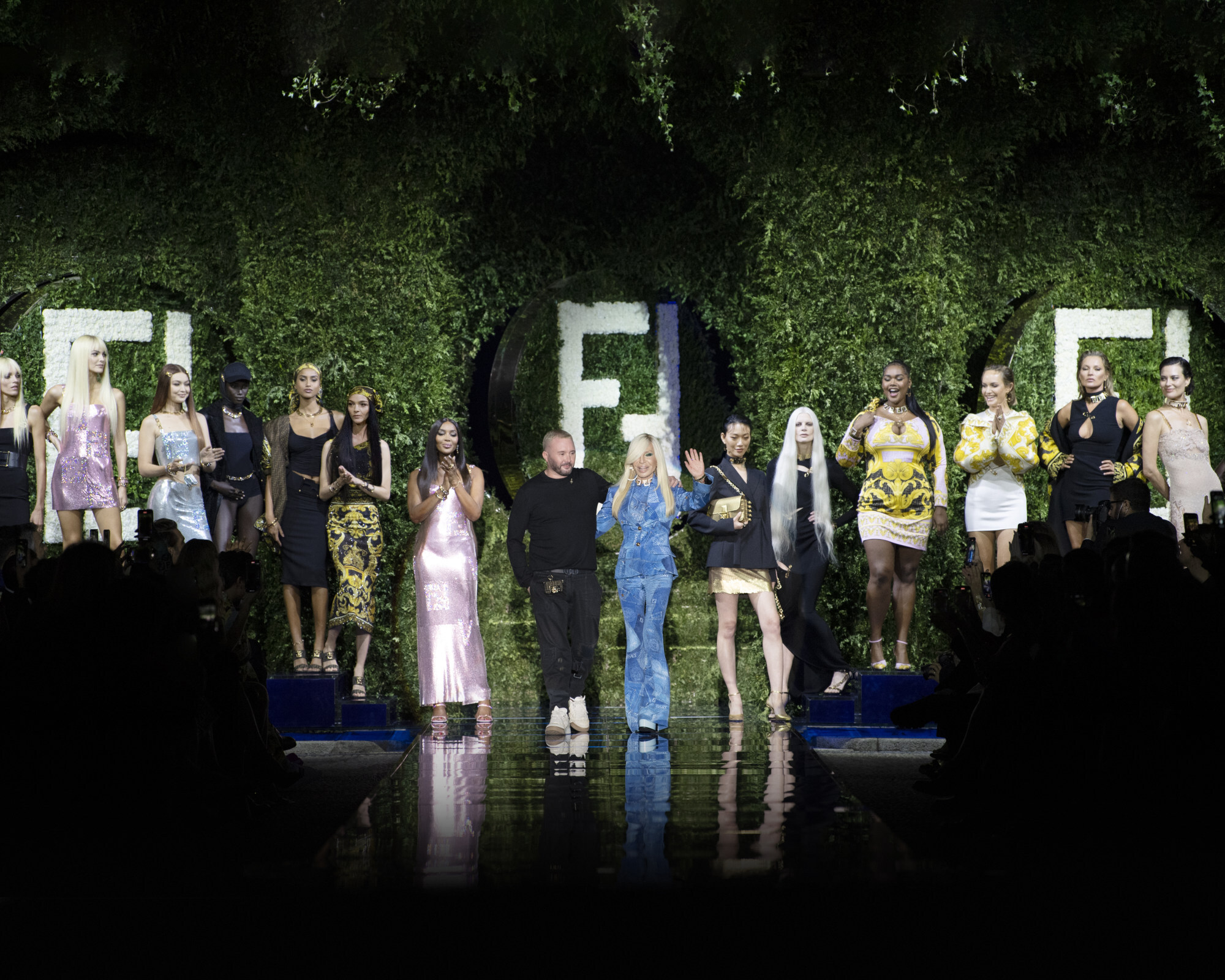
“It’s all about creating a good strategy. Collaborations can work like a magazine did before – it’s a way to reach a younger audience while giving them content they can relate to,” says Gilhart. “The younger market is interested in collecting and resale, so I suggest brands start to look into collaborations that play into this.
“If used correctly, collaborations can be a great platform for brands to showcase new values or engage in practices that may not be part of their supply chain. You can learn so much from them.”

